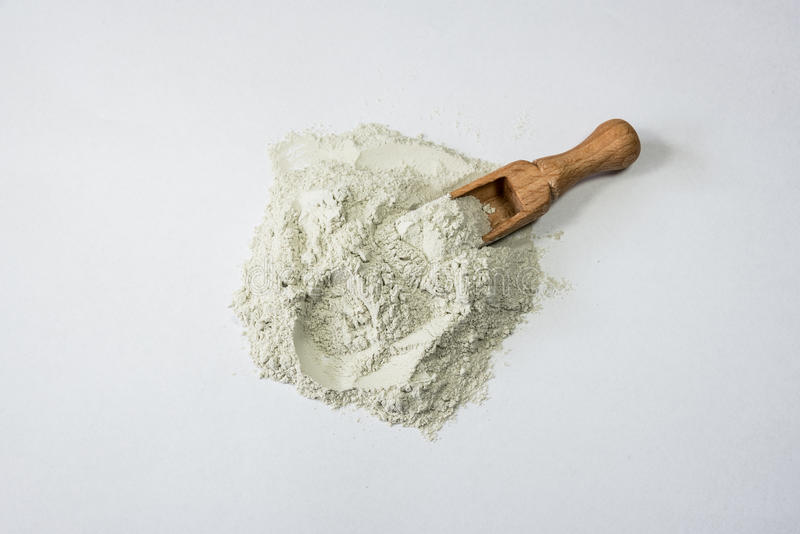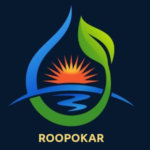zeolite
Zeolite
Zeolites are microporous, aluminosilicate minerals commonly used as commercial adsorbents and catalysts. They are tetrahedral, three dimensional, crystalline minerals of aluminosilicate earth metals and belong to the acidic catalysts. The term zeolite was originally coined in 1756 by Swedish mineralogist Axel Fredrik Cronstedt, who observed that rapidly heating a material, believed to have been stilbite, produced large amounts of steam from water that had been adsorbed by the material. Based on this, he called the material zeolite, from the Greek, meaning “to boil” and (lithos), meaning “stone”.
Zeolites occur naturally but are also produced industrially on a large scale. As of December 2018, 253 unique zeolite frameworks have been identified, and over 40 naturally occurring zeolite frameworks are known. Every new zeolite structure that is obtained is examined by the International Zeolite Association Structure Commission and receives a three letter designation.

Production
Industrially important zeolites are produced synthetically. Typical procedures entail heating aqueous solutions of alumina and silica with sodium hydroxide. Equivalent reagents include sodium aluminate and sodium silicate. Further variations include the use of structure directing agents (SDA) such as quaternary ammonium cations.
Synthetic zeolites hold some key advantages over their natural analogs. The synthetic materials are manufactured in a uniform, phase-pure state. It is also possible to produce zeolite structures that do not appear in nature. Zeolite A is a well-known example. Since the principal raw materials used to manufacture zeolites are silica and alumina, which are among the most abundant mineral components on earth, the potential to supply zeolites is virtually unlimited.
Natural occurrence
Conventional open-pit mining techniques are used to mine natural zeolites. The overburden is removed to allow access to the ore. The ore may be blasted or stripped for processing by using tractors equipped with ripper blades and front-end loaders. In processing, the ore is crushed, dried, and milled. The milled ore may be air-classified as to particle size and shipped in bags or bulk. The crushed product may be screened to remove fine material when a granular product is required, and some pelletized products are produced from fine material.
As of 2016, the world’s annual production of natural zeolite approximates 3 million tonnes. Major producers in 2010 included China (2 million tonnes), South Korea (210,000 t), Japan (150,000 t), Jordan (140,000 t), Turkey (100,000 t) Slovakia (85,000 t) and the United States (59,000 t).[13] The ready availability of zeolite-rich rock at low cost and the shortage of competing minerals and rocks are probably the most important factors for its large-scale use. According to the United States Geological Survey, it is likely that a significant percentage of the material sold as zeolites in some countries is ground or sawn volcanic tuff that contains only a small amount of zeolites. Some examples of such usage include dimension stone (as an altered volcanic tuff), lightweight aggregate, pozzolanic cement, and soil conditioners.

Roopokar Trade Center !
It has professionally qualified & Experienced Engineering team. The Company under takes consultancy on total implement turnkey project consisting of design, Engineering Manufacturing, Installation & Troubleshooting of textile machinery, Boilre etc. We are capable of conducting business in large volumes as per best Quality products at very competitive price. We always focus on the investment and upgrading technology manufacturing, expansion, raising Quality products.
Hey, We are looking Forward to start a project with You !
Roopokar Trade Center, a broadly acclaimed name to serve environmental sustainable solutions to the different industries across continents for more than one decade, covers the end to end value chain from designing to construction and operations as well as maintenance.